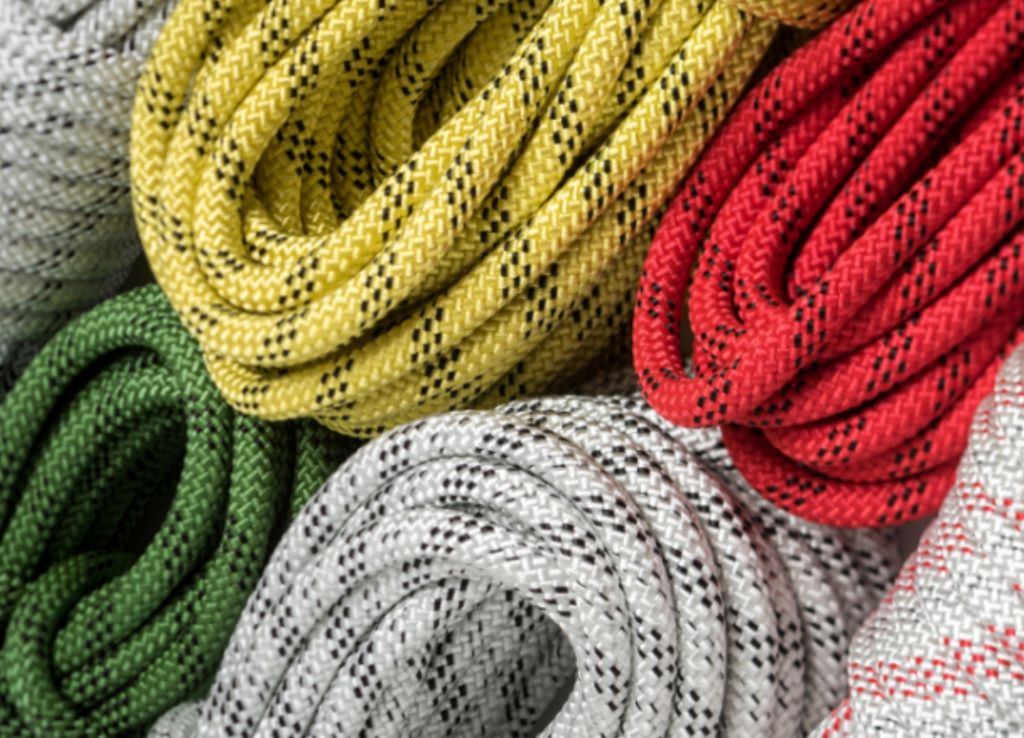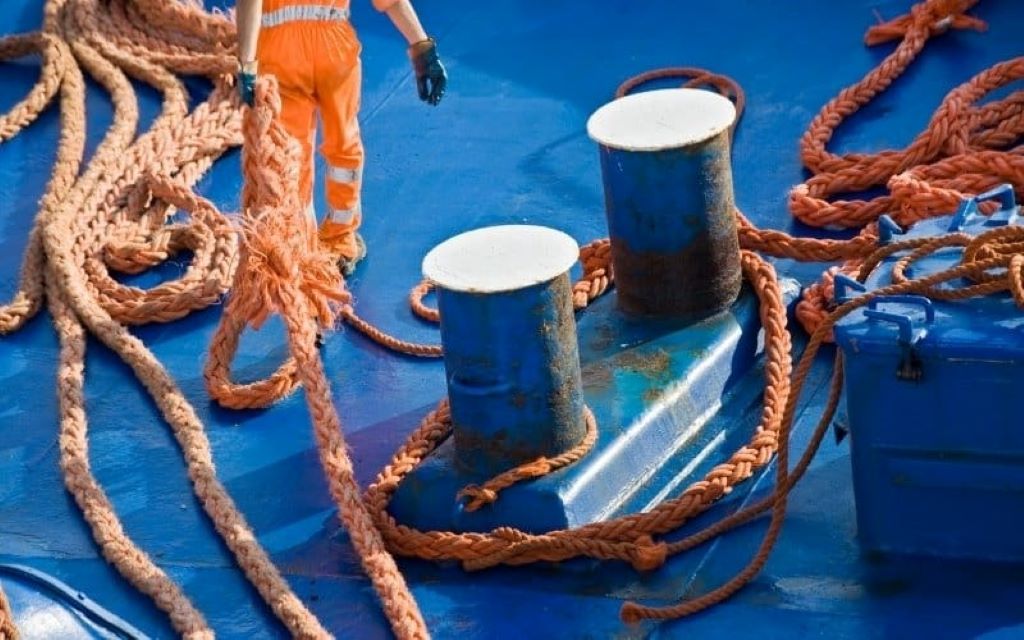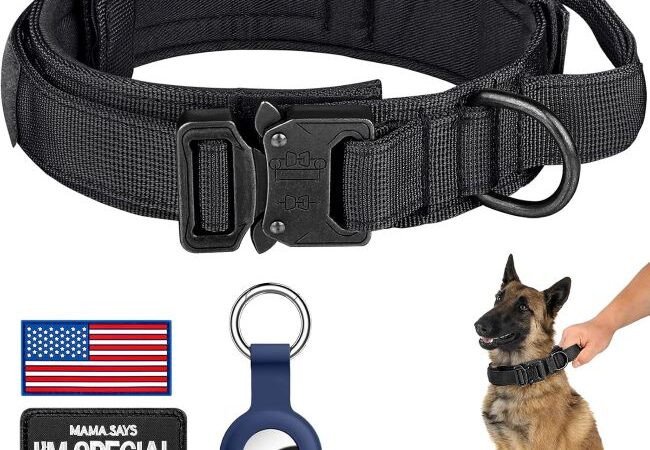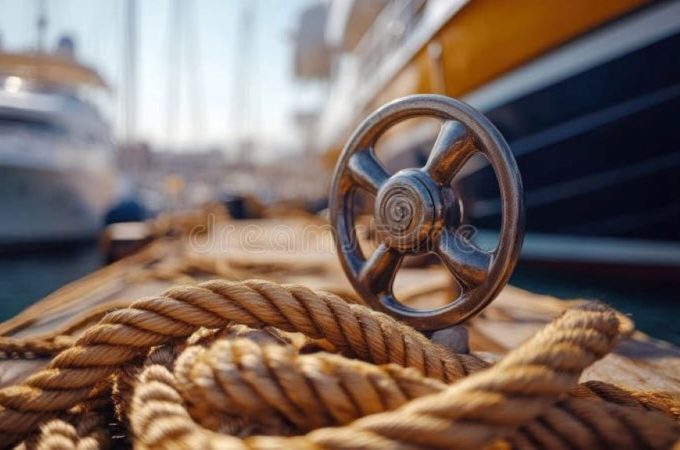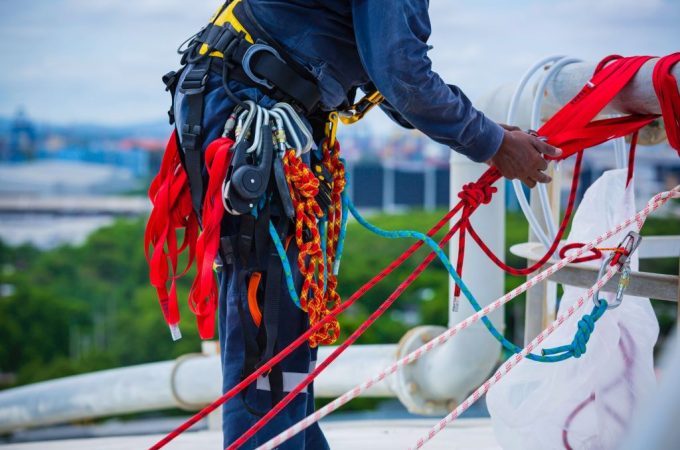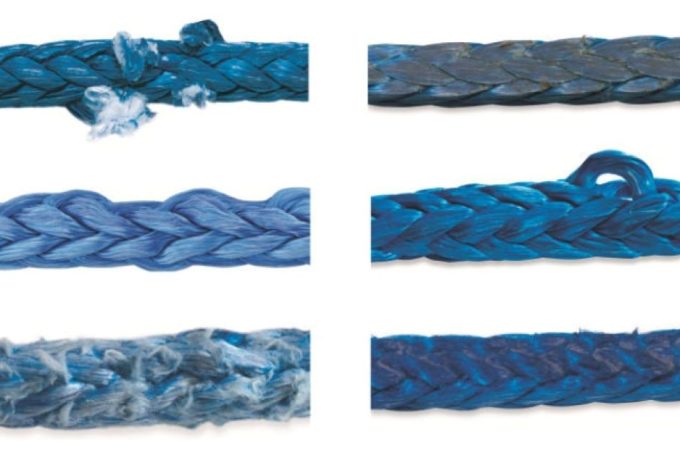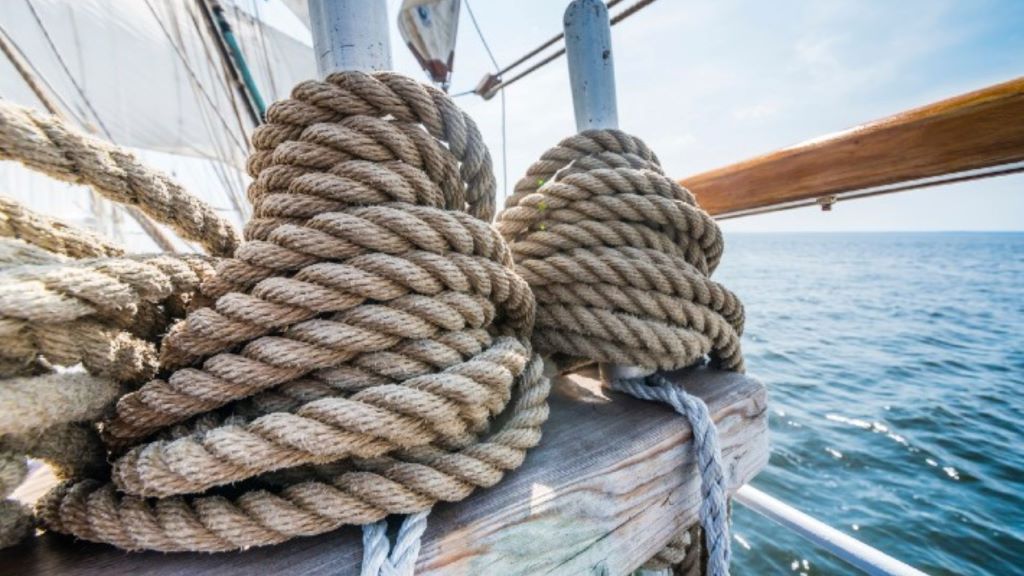
Top 10 Rope Maintenance Facts Every Mariner Should Know
Picture this: you’re out at sea, the wind howls, waves crash, and your mooring line snaps. Chaos ensues. A well-maintained rope could have prevented this disaster. Ropes are the unsung heroes of maritime life, securing vessels, saving lives, and ensuring smooth operations. Neglecting rope maintenance invites trouble, from costly replacements to life-threatening accidents. Every mariner, whether a seasoned sailor or weekend boater, must master rope care to conquer the seas safely. This article unveils the top 10 rope maintenance facts every mariner should know, blending expert insights, practical tips, and hard data to keep your lines shipshape.
Contents at a Glance
Toggle-
Rinse Ropes After Every Use
Saltwater is a rope’s worst enemy. It seeps into fibers, crystallizing and causing internal abrasion. A study by the Marine Equipment Testing Association found that saltwater exposure reduces rope strength by up to 15% over six months without proper care. After each voyage, rinse ropes with fresh water to remove salt and debris. This simple act extends rope life significantly. However, some mariners argue that frequent rinsing wastes time on short trips. Logically, even brief exposure to salt can degrade fibers over time, making rinsing a non-negotiable habit for long-term durability.
-
Inspect Ropes Monthly for Wear
Regular inspections catch issues before they escalate. According to a 2021 Marine Insight report, 70% of mooring accidents stem from undetected rope damage. Check for fraying, cuts, or discoloration, especially at high-stress points like eye splices. Open strands to inspect internal wear, as hidden damage can compromise strength. Some argue daily checks are overkill for recreational boaters. Yet, monthly inspections strike a balance, ensuring safety without overwhelming schedules. Use a checklist to stay thorough and replace ropes if broken strands exceed 10% of the total, as recommended by industry standards.
-
Store Ropes Properly to Avoid UV Damage
Sunlight degrades synthetic ropes faster than you’d think. UV rays break down nylon and polypropylene fibers, reducing strength by 20% in just one year, per a BoatUS study. Store ropes in a cool, dry place, ideally in a rope bag or under a tarp. Some mariners prefer on-deck storage for quick access, but this exposes ropes to relentless UV rays. Therefore, invest in UV-resistant covers or store below deck to maximize lifespan. Coiling ropes neatly also prevents kinks, ensuring they’re ready for action.
-
Lubricate Wire Ropes Regularly
Wire ropes, common in heavy-duty mooring, demand lubrication to combat corrosion. A Katradis guide notes that proper lubrication extends wire rope life by 30%. Use marine-grade lubricants to coat strands, focusing on areas around sheaves or underwater. Some skip this step, believing modern coatings suffice. However, harsh marine environments accelerate rust, making lubrication essential. Apply lubricant monthly, especially in saltwater conditions, to keep wire ropes flexible and corrosion-free.
-
Choose the Right Rope Material
Not all ropes are created equal. Nylon excels for mooring due to its 15% stretch, absorbing shock from waves, per Jimmy Green Marine. Polyester resists UV better, ideal for rigging, while polypropylene floats, perfect for towlines. Some boaters opt for cheaper polypropylene for all tasks, but its rapid UV degradation makes it unreliable for critical applications. Therefore, match rope material to its purpose. Consult manufacturer specs to ensure strength and durability meet your vessel’s needs.
-
Avoid Chafing with Protective Gear
Chafing from rough surfaces like docks or bollards weakens ropes fast. A WavesRx study found that chafe-related damage causes 40% of rope failures. Use chafe guards, PVC pipes, or canvas sleeves at contact points. Some mariners argue that repositioning ropes avoids chafing without extra gear. Yet, constant repositioning is impractical during rough seas. Install protective gear for a reliable, low-maintenance solution that preserves rope integrity.
-
Master Knots to Prevent Weakening
Knots reduce rope strength by up to 50%, according to a Navy historical guide. A poorly tied knot can slip or fray under load, risking disaster. Learn essential knots like the bowline or cleat hitch for secure mooring. Some claim knots are outdated with modern hardware. However, knots remain indispensable in emergencies. Practice tying them until muscle memory takes over, ensuring strength and reliability in critical moments.
-
Clean Ropes with Mild Detergent
Grime and salt buildup degrade rope fibers over time. A WavesRx guide recommends washing ropes with mild detergent and warm water every few months. Harsh chemicals like bleach weaken fibers, reducing lifespan by 25%. Some mariners skip cleaning, assuming rinsing suffices. Yet, thorough cleaning removes embedded dirt that rinsing misses. Scrub gently with a soft brush and air-dry completely to prevent mildew, keeping ropes in peak condition.
-
Replace Ropes at the Right Time
No rope lasts forever. Premiumropes suggests replacing mooring lines every 10 years or sooner if damaged. Heavy use or visible wear—like fraying or a 25% strength loss per MEG4 guidelines—demands immediate replacement. Some delay replacements to save costs, but a snapped rope can cause thousands in damages or worse, injuries. Monitor rope condition and budget for timely replacements to ensure safety and avoid costly accidents.
-
Train Crew for Proper Handling
Human error contributes to 60% of rope-related incidents, per Marine Insight. Train crew on correct handling, coiling, and storage techniques to prevent twists or kinks. Some skip training, assuming experience suffices. However, inconsistent handling accelerates wear. Regular workshops and hands-on practice ensure everyone follows best practices, boosting rope longevity and crew safety.
Featured Snippet: Why Is Rope Maintenance Crucial for Mariners?
Rope maintenance ensures safety and performance at sea. Saltwater, UV rays, and chafing degrade ropes, risking mooring failures or accidents. Regular rinsing removes salt, while inspections catch wear early. Proper storage and lubrication extend rope life by up to 30%. Choosing the right material, like nylon for mooring, enhances durability. Chafe guards and proper knots prevent weakening. Cleaning with mild detergent and timely replacements maintain reliability. Training crew ensures consistent care, reducing risks. Well-maintained ropes secure vessels, protect cargo, and save lives, making maintenance a mariner’s top priority.
FAQs
- How often should I rinse marine ropes?
Rinse after every use, especially in saltwater, to remove damaging salt crystals. - What’s the best rope for mooring?
Nylon is ideal for mooring due to its strength and 15% stretch for shock absorption. - How do I know when to replace a rope?
Replace if fraying exceeds 10% of strands or after 10 years, per industry guidelines. - Can I use household detergent to clean ropes?
Use mild detergent; harsh chemicals like bleach weaken fibers significantly. - Why do wire ropes need lubrication?
Lubrication prevents corrosion, extending life by 30% in harsh marine environments. - How can I prevent rope chafing?
Use chafe guards or PVC pipes at contact points to reduce wear. - Is training necessary for rope handling?
Yes, proper training reduces human error, which causes 60% of rope-related issues.
Final Thought
Ropes are the backbone of maritime safety, yet their care often goes overlooked. Mastering these 10 rope maintenance facts empowers mariners to sail confidently, knowing their lines won’t fail when it matters most. From rinsing away salt to choosing the right material, each step builds reliability. Don’t let neglect turn a lifeline into a liability. Related Topics:
Call to Action
Ready to keep your ropes in top shape? Start inspecting and rinsing your lines today! Share your best rope maintenance tips in the comments or check out Marine Insight and WavesRx for more expert advice. Your vessel’s safety depends on it—act now!

